A few years ago, George Easton was listening to a business news program when he heard the interviewer ask his entrepreneur guest if he hired MBAs. The entrepreneur said “No,” calling MBAs “code unfriendly.” Given Easton’s background in data analysis and his nearly 30 years of teaching MBAs, the comment struck a chord. Easton, associate professor of information systems & operations management, decided to change that perspective with Advanced Data Science, his new course. His goal? To create “code friendly” MBAs: dual threats who can provide business insight and interact positively with technical teams. The class proved so popular that Easton had to purchase folding tables to accommodate overflow.
EB: Besides being motivated by the entrepreneur’s com-ments, why was this a good time to launch the Advanced Data Science class?
Easton: Since 2008, I’ve observed a big change in the attitude of MBAs toward this type of technology. It wasn’t just the economy. Google Analytics and Amazon Web Services were catching on, and the ideas of analytics and big data really got the attention of our students. It made them much more receptive both to analytics in general and to the idea of coding and software. So the environment was ripe for this course.
EB: What were some of the considerations in designing the class?
Easton: I wanted to capitalize on our students’ vast scope of knowledge and talent. While the students appropriate for this course needed to be advanced in math and/or computing, it could be a mix. That way, they could teach each other.
I also wanted to give students exposure to tools that are hot in this area—programming languages like Python and a statistical programming language called “R.” And I wanted them to understand computer architecture in regards to how to process vast amounts of data.
EB: But you’re not trying to create programmers, right?
Easton: I’m not teaching them to be programmers, but if they wanted to be, I am giving them enough of a start. A big part of what I teach is learning how to find information through open source communities. Students learn that they’ll have to deal with ambiguity and incompleteness. You have to be persistent in order to answer these questions.
EB: The focus of this issue is the future of work. What might the future of work look like regarding analytics?
Easton: It’s going to be the cloud and dealing with the Internet of Things—devices that communicate data over the Internet, such as your television or thermostat communicating with your cell phone. There will be massive amounts of data collected by everything. This creates analysis opportunities, and I hope to put the students in a better position to see these opportunities.
Online Extra
for many managers—the concept that the vast majority of the performance in anorganization is because of the system, not the individual. Would you comment further?


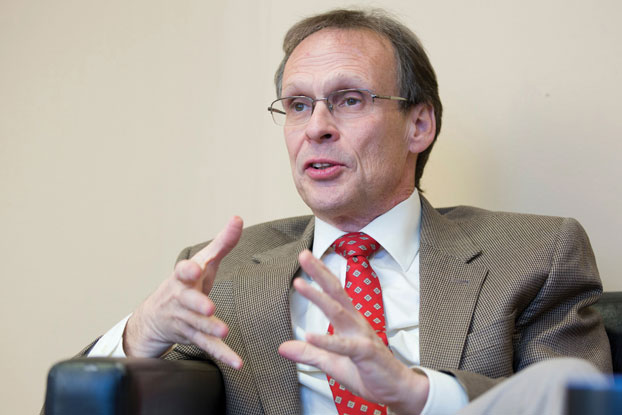

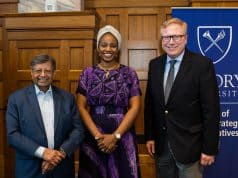
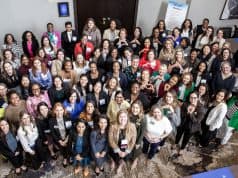
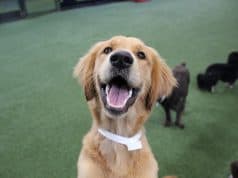



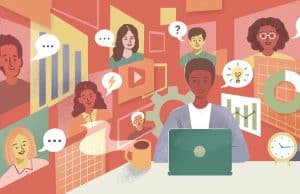



Awesome